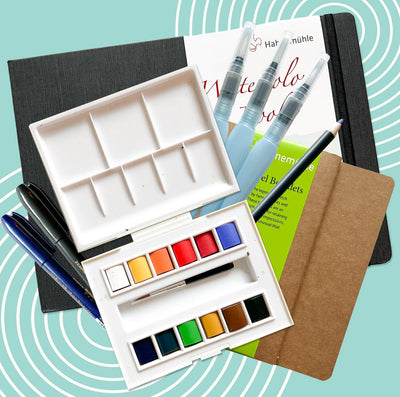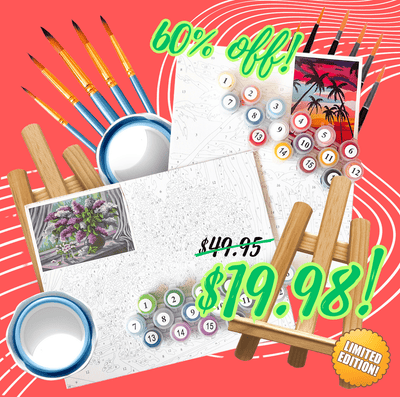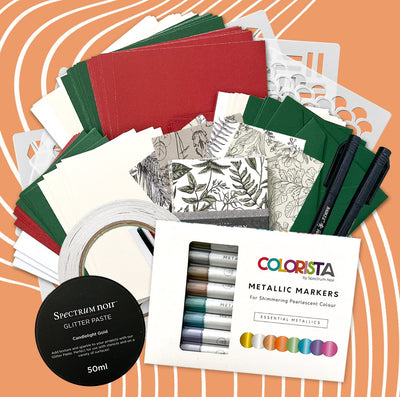October is a great time to get your creative juices flowing with Inktober challenges and pumpkin carving. Just about any carved pumpkin has a creepy-cute vibe going for it, but some pumpkins can transcend jack-o-lantern status to become short-lived works of art.
These more intricate works use very clever cutouts, a combination or cut-outs and etched surfaces for shading, or all etching and no cut-outs at all.
While a lot of good pumpkin-carving is mostly dependent on design and the patience needed to sculpt and add in the fine details, there are some important tricks that the professionals use to make the process easier while preserving their work for as many days as possible.
Here are some tips to help you move beyond the basic jack-o-lantern with your pumpkin carving skills.

Plan the Carving Event for When You Have the Time
Remember that pumpkins are perishable, and the more you cut into them, the more quickly they will rot. You can purchase your pumpkin well before you want to display it. As long as it is uncut, it will last a long time.
Once you start cutting into it, though, you begin to drastically reduce its freshness and lifespan. You can start your process in advance by conceptualizing the pumpkin and even drawing your designs onto it. But wait to carve it until you're two or three days before displaying it.
Begin carving your pumpkin when you have enough time to finish all the way. Once you start carving, the pumpkin begins to decompose, changing its texture and integrity. This means that you can't put it aside at night and pick up carving it the next afternoon.
Instead, once you start carving work steadily to finish carving your pumpkin.
Think about Where to Make the Hole
While it's traditional to make the jack-o-lantern's hole at the top, cutting around and off the stem, this will actually cause your pumpkin to rot and decay more quickly.
The stem supplies nutrients to the pumpkin while it's growing, and it still relies on the stem section for this even when the pumpkin has been picked.
It's also a bad idea to cut off the pumpkin at the bottom, since this will cause it to have a soft and soggy bottom over time, making it more likely to cave in.
Most professionals recommend cutting a hole in the back wall, opposite from where you will carve your design. Then, you can hollow out the seeds and stringy insides from that back opening.
Scoop out everything that you can. This will give you thinner walls so that your candle will better illuminate your design. It will also make it so that your pumpkin stays fresh for longer since there are fewer moist bits to begin the molding process.
Make a Plan
While Your Pumpkin is still whole begin planning your design. Use references for your drawing, just as you would with any other kind of drawing. You need clean outlines and any shading that you intend to carve.
Remember to think about your pumpkin as a surface for 3d sculpting, as opposed to a flat sheet of paper. View your pumpkin and its shape as a whole. This will help the pumpkin's natural shape to inform your design.
For example, if your pumpkin is oddly shaped, this could distort your design. However, you can use the odd shape to your advantage by planning it into your design, exaggerating the shape or turning it into a feature.
Similar to drawing, the pumpkin's original shape will clutter the tone of the design, and no amount of shading, in this case, carving, will actually change this. However, you can work with it to great effect.
Draw the Design Directly Onto the Pumpkin
Once you're satisfied with your plan and before you begin carving, use a pen to draw it onto the pumpkin.
If you are planning to cut shapes all the way out of your pumpkin, you might make one of your concept drawing into a stencil that you can then transfer onto the pumpkin.
Otherwise, transfer the concept reference by hand. Remember that once you begin with the pumpkin's geometry and shape, you will likely have to flex the shape to make everything work and look good.
Begin this drawing with light lines that won't show up if you make a mistake. Then, you can go back over certain outlines a little more if you need to.
Start with Big Rough Cuts
If you start by roughing out your design, then you can go back in with the details as a second pass. This will keep you from going too detailed all at once, which could compromise the different levels of shading in your carving.
For example, cutting in too deep, to begin with, means that you will have nowhere to go when you want to add more depth and highlights.
Etching for Shading
Etch details into the surface. The deeper you etch into the pumpkin's sides, the more glowing orange and red colors you'll get. Shading and texture are developed by strategically carving different depths.
When it comes to etching on a pumpkin, your process will be inverted when compared to how we normally thin of rendering 3D volumes.
This means that layers that are darker or shadowed will be carved out more shallowly. Whereas, areas with the brightest highlights will be those that you carve deeply into the pumpkin. For this reason, pumpkin carving requires a plan for how shaded and how bright you want a space to be.
This also means that the areas with the most highlights will be the most fragile. Having too many very bright spots on your pumpkin without a lot of surrounding structure can jeopardize its structural integrity, causing your design to cave in.
Use Whatever Tools You Can Find to Do the Job
Your tools don't have to be limited to your pumpkin carving kit or even your kitchen drawers. Consider all the options you have for sharp objects that you can use for carving and creating texture.
Consider anything from cheese graters to Xacto and craft knives. Scouring pads and scrubbing sponges can help you to sand down and smooth the surfaces.

Light it Up Electrically
Finally, if you want your pumpkin to last as long as possible and shine brightly, use LED lighting inside rather than a candle. The candle adds heat, that will cook your pumpkin from the inside. LEDs stay cool, and they can also shine very brightly to truly illuminate all the shading that you have accomplished in your carving.


